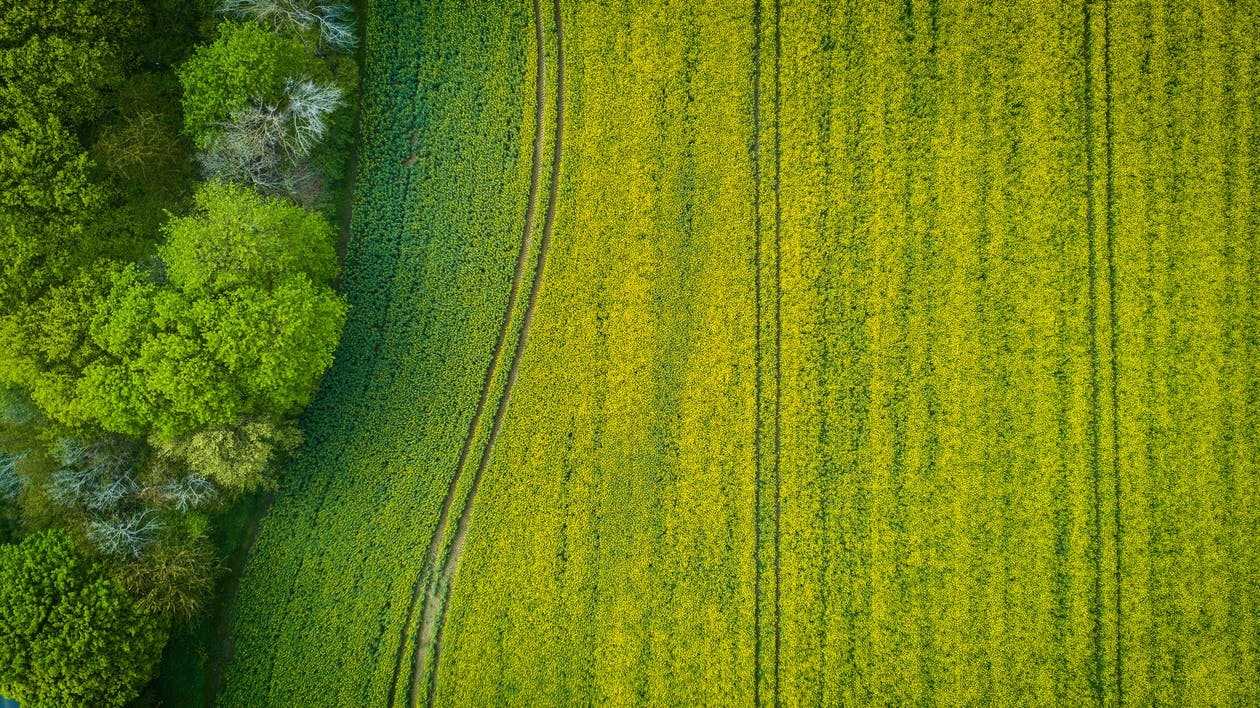
Agricultural Industry
There are several ways new farming technologies are changing the agricultural industry. Cutting-edge software, GPS and GIS devices, and imagery have created precise farming techniques. Here’s a more in-depth look at new farming innovations.
Location Technology
GPS and GIS software and satellites have changed the game when dealing with farming and agriculture. Satellites are a helpful piece of location technology since they can observe weather patterns and crops from space. The satellites have a unique sensor that collects more detailed information and imagery and makes farming simpler and more exact.
Farmers do not waste time or resources because they can be precise. Machines that rely on GPS to operate can focus on the needed areas of a field, while farmers can look ahead and plan their crops accordingly. New technologies have created opportunities to predict the weather, plant health, and even crop yields. Drones are another piece of equipment that complement satellite imagery and technology well. Drones can get a more accurate look at measurements like plant height and water saturation because they are closer to the ground. Drones are also able to help with pests and pesticides. They observe what insects are present and can even apply insecticide, making farming much safer for humans.
Another piece of location technology is an ultrasonic sensor that helps farmers with crop management and monitors fluids so farmers can have a healthy crop. These ultrasonic level sensors can also track watering practices, so crops get the correct amount of water. These sensors are crucial since every farming location is different. They can sense what the crop needs and alert the farmers to any changes. Ultrasonic level transmitters also use continuous data from machinery and the field to manage fluids properly. Fluids can be anything from wastewater to chemicals. These sensors can have features that allow them to adjust automatically to get the best readings. They also measure distance and plant height, which are valuable pieces of information to a farmer.
Data Innovations
With the advent of data technology and data science, agricultural practices have changed dramatically for the better. In the past, farming wasn’t always an exact science. Changing or unexpected weather, pests, or soil composition could throw farmers off. Due to technological innovations, farmers can now know exactly when and where to plant crops. With drones and satellites, farmers always have a complete view of what is happening with their fields and crops. New agricultural software is beneficial as well.
Different companies have created software to help farmers make accurate and fast decisions. The software may include features like weather analysis, close looks at satellite imagery, and the ability to give tasks to a scout. A scout assists farmers by taking care of small, time-consuming tasks that are important to the health of a field. These might include getting rid of weeds or keeping an eye on pests. Pests can be problematic since they can negatively affect crops or even ruin them.
Scouts usually walk through the crop with a mobile device, such as a tablet, and take notes. Traditionally they would have notebooks and take handwritten notes. Now they can enter information into an app on the device. Scouts can also be unmanned aerial vehicles and can be more effective and faster than humans. Humans or machines can help farmers get the maximum yield and efficiency from their crops.
These farming innovations have overhauled how the agricultural industry operates. Old practices have given way to new, technologically driven farming practices that are more sustainable and precise. By using a combination of data software, satellites, drones, and sensors, farmers can grow the best crops possible in any weather or environment.





